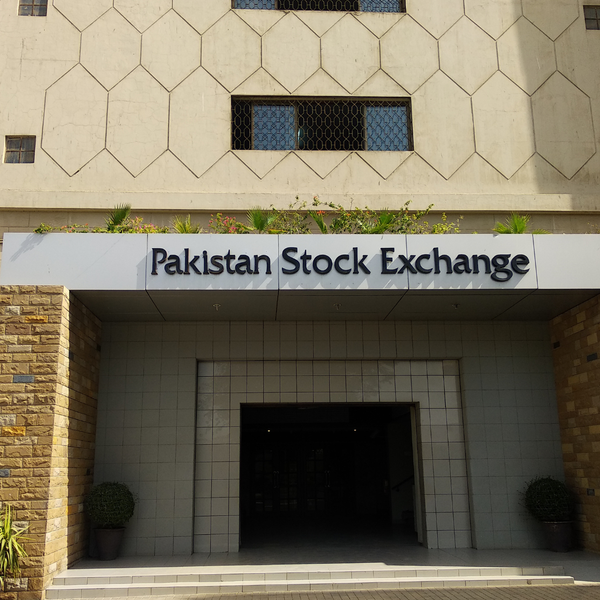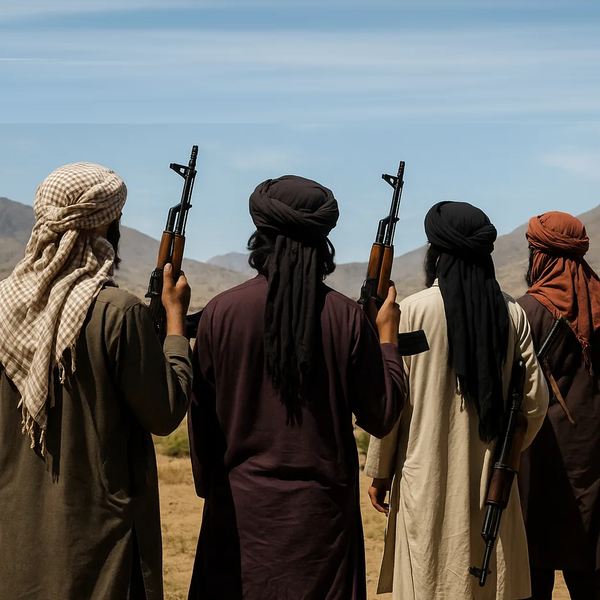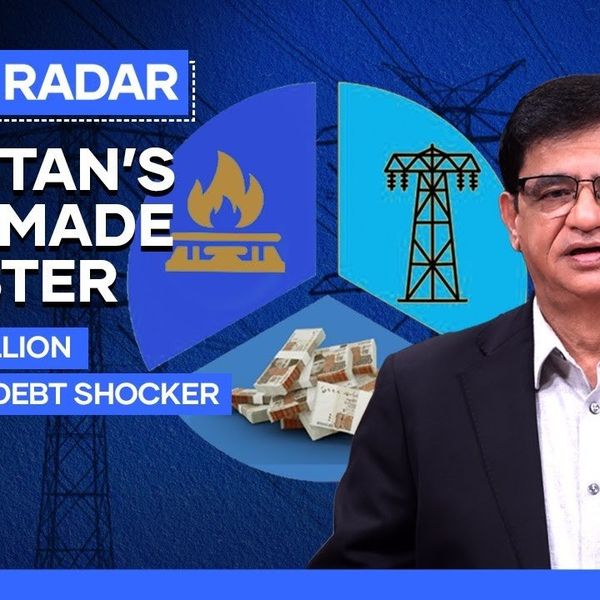Explainer: Why Pakistanis may be able to get lower rates on bank loans right now
It has to do with the Gross Advances to Deposit Ratio threshold that banks must meet

Javed Mirza
Correspondent
Javed Iqbal Mirza is an experienced journalist with over a decade of expertise in business reporting, news analysis, and investigative journalism. His work spans breaking news, editorial pieces, and in-depth interviews.
Pakistanis who have been hesitant to take loans from banks amid record high rates since last year may be set for some relief. Banks are offering rates far lower than the benchmarks, as they race to disburse approximately PKR 3.6 trillion ($128.5 billion) by the year's end.
Banks are now offering loans at rates as low as 4% — 12% below inter-bank rates to avoid an additional tax.
This tax is imposed if banks don't meet a 50% Gross Advances to Deposit Ratio (ADR) by December. As of June, the average ADR was 38.6%, and only three of 19 listed banks met the 50% ADR threshold.
The tax was initially imposed in 2022 to boost business and lending but was paused in 2023. With the exemption now over, banks must adjust to avoid a 10% tax if ADR is 40-50%, or a 16% additional tax if below 40%.
For banks with significantly lower ADRs, an alternative strategy involves ramping up lending activity, even if it means compromising on lending rates.
“Listed banks would be required to disburse approximately PKR 3.6 trillion in total to reach the target,” an analyst at Topline Securities noted in a report.
Recently, the Trading Corporation of Pakistan (TCP) got PKR 360 billion ($1.29 billion) financing from banks at KIBOR (benchmark lending rate) minus 11.9%. With KIBOR standing at around 16% on that day, TCP effectively raised financing at a 4% interest rate.
Lending & deposit base
Banks remain heavily invested in government securities. They have also seen a substantial expansion of the deposit base, which has reached PKR 31.1 trillion as of June.
An analyst at Arif Habib Limited noted achieving the 50% ADR target by year-end was difficult, as banks must either reduce their deposit base or significantly increase lending in a short period.
To recall, auto financing fell to PKR 227 billion this August from a peak of PKR 368 billion in June 2022.
With banks now offering lower fixed rates of 14-15%, down from last year's 20-24%, this aggressive lending will enhance cash liquidity in the market.
Moreover, the sharp drop in the lending rates, with KIBOR down 140 basis points in the last seven days, will also reduce interest expenses for leveraged listed companies.
Analysts believe it will be difficult for the banks to achieve the target and they may eventually end up provisioning higher tax.
However, if all listed banks are able to lend the additional advances required to reach 50% target, the government would lose around PKR 157 billion, as per estimates.
According to reports, banks are also looking into legal recourse. However, even if they get a stay order, higher tax will be recorded based on prudent accounting principles.











Comments
See what people are discussing